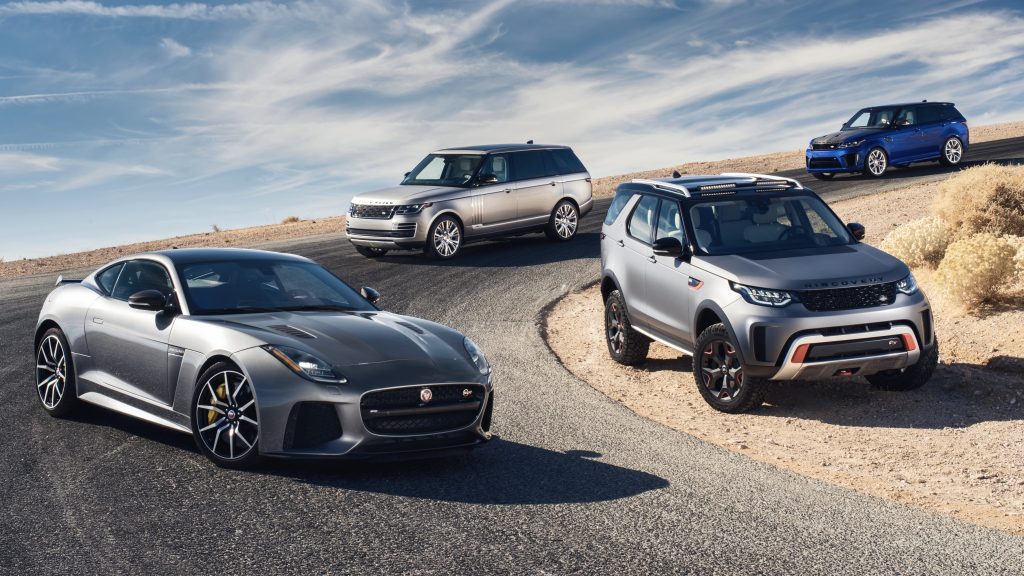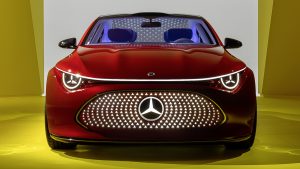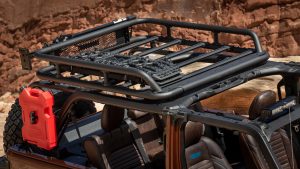36 years ago, the USA giant added some Italian charm to its portfolio. While that plan did not go well then, they did help one another plant the seeds of important future releases

Automakers form partnerships all the time. Stellantis was born from several of them. General Motors had many of them over time. Ford and Volkswagen are trying it for the third time. There are several cases.
Automakers are made of people and their products make part of our society. Therefore, it is natural that their partnerships work like typical relationships between people. Both in the good and the bad parts.
Some partnerships begin with an emotional drive, others for pure convenience… some make both parties stronger, others destroy them… and they all need periodic adjustments to have even a chance to thrive.
You might have not even heard that Chrysler and Lamborghini once were partners. While that venture did not last long, we cannot say it was fruitless. Here, we are going to delve into such a unique moment.
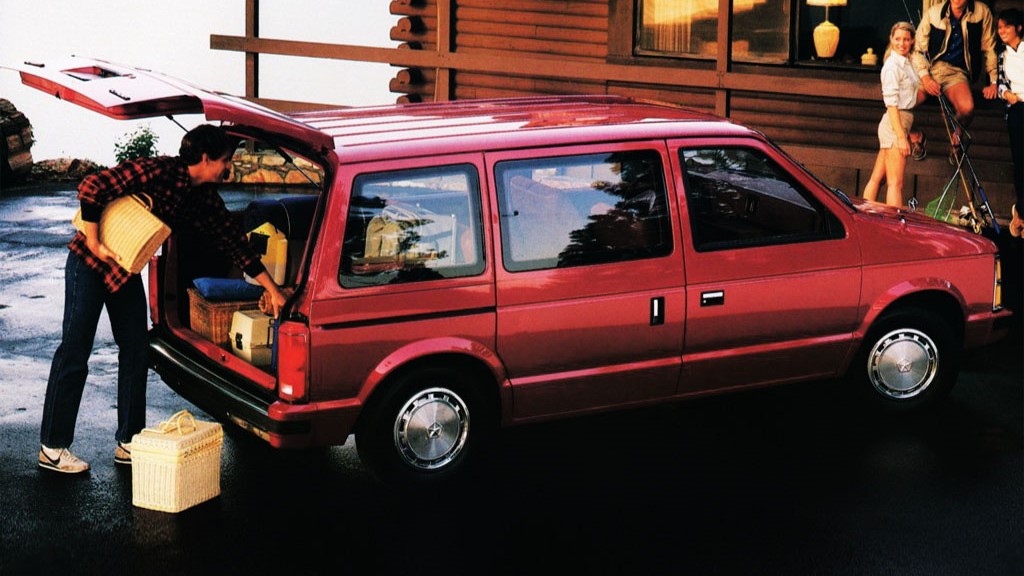
Chrysler before the partnership
The North American maker had strong ups and downs in the 1980s. Lee Iacocca saved it from bankruptcy thanks to a multipronged approach that made Chrysler more efficient and, as a result, more competitive.
In short, the K cars became the staple offering, with many variations and fuel-efficient powertrain. Parallel to that, the minivans represented a whole new segment which the company had to itself for a long time.
Iacocca gave a clear end the era of austerity: the Chrysler group executed an expansion plan that included acquiring former rival AMC, Italian automaker Maserati, and even the aircraft manufacturer Gulfstream.
To the company, AMC’s most valuable asset was the Jeep division. Maserati was seen as an entrance to the luxury car market especially in Europe. And Gulfstream would allow it to enter the high-tech industry.

Lamborghini before the partnership
The Italian maker was going through the same financial turmoil as so many of its peers. Once its founder stepped out, Lamborghini traded hands a couple times, but no one could make it stable and profitable.
In the 1980s, the company earned wide acclaim for the Countach, but it was an enthusiast car. It also had the LM002, which is credited for being the first luxury SUV, and the Jalpa, a sort of entry-level sports car.
Sadly, that was not enough. The Countach was getting old, the Jalpa had a history of poor reliability, and the LM002 was meant for a low production run. The Diablo was only an early-stage project at that time.
In other words, Lamborghini was stagnated. It had average products which were appealing to few buyers in a segment that is already niche. It had plans to turn that situation around but no means to fund them.

A US$ 25.2-million acquisition
Chrysler could have simply made a new brand for their luxury aspirations, like the Japanese rivals did with Acura, Lexus and Infiniti. But that would be expensive and there was no reference of success back then.
It bought Lamborghini from the Mimran brothers in 1987. For the former, it was another effort to build an international, premium image. For the latter, that brought a new cash injection and a chance of survival.
The usual path in such associations is that the parties come close to one another over time. The challenge is to enjoy the benefits of accumulating strong suits while preserving each one’s image in the market.
At a first glance, the fact that Chrysler and Lamborghini were so different created many opportunities to explore. However, that venture turned out to be too difficult to make happen. Let’s give it a closer look.

Chrysler Portofino Concept
The new ownership showed its first concrete result in a few months. The Portofino concept debuted at the Frankfurt Motor Show of that same year sporting a number of interesting features from both carmakers.
The body came from the Navajo, a project led by Kevin Verduyn which had not left the clay model stage. The smooth, aerodynamic lines and that elongated wheelbase drew wide appraisal from the attendees.
Lamborghini contributed with the Jalpa’s platform, which was stretched for the Portofino. It also brought its signature vertical opening not only to its front doors, but also to the rear ones for the very first time.
The concept also used the Jalpa’s 3.5L V8. The most important part, however, was its design: pushing the wheels so far towards their corners maximized the internal space without making the whole car bigger.
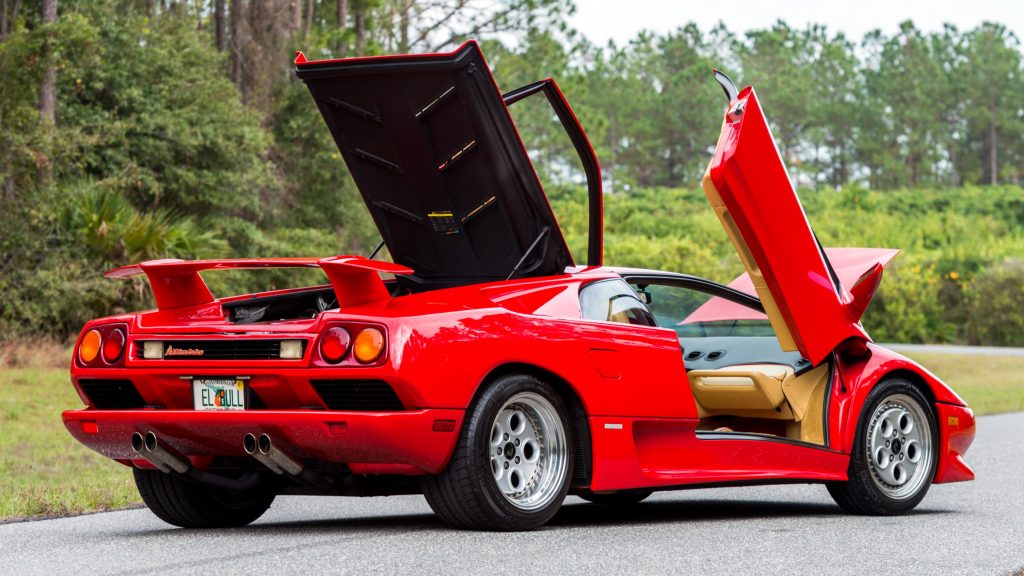
Lamborghini Diablo
Succeeding the Countach was surely not an easy task. Lamborghini had a project underway, but it could only finish it once Chrysler’s money came. The Diablo was shown in early 1990 and became an instant hit.
Detractors are quick to remind that Chrysler designer Tom Gale changed the original lines penned by the great Marcello Gandini. In short, he made them smoother, less aggressive, and more modern in a way.
The North American partner also brought items like adjustable seats, all-wheel drive, Alpine audio system, and power steering. All that with a 5.7L V12 engine that could propel the Diablo to 325 km/h (202 mph).
All things considered, one can say that the Diablo was more palatable than the Countach and, as a result, easier to sell. Sadly, the new car only made Lamborghini profitable for a year before sales tanked again.

Dodge Viper
Yes, the Viper was Tom Gale’s masterpiece before retiring from the Chrysler group. Not everyone knows, though, that Lamborghini played a role in its development. A role that turned out to be quite significant.
Dodge already had a V10 engine, but it had been made for its truck line. The Italian partner was asked to work its magic and make that powertrain suitable to the performance requirements of a sports roadster.
Lamborghini recast the block and heads in aluminum, which is lighter than the original iron. It also made other improvements that made the engine much cheaper than the Diablo’s despite being 2 liters larger.
Once the Viper went on sale, it became the long-lasting hit we all know. That engine started with 8.0 liters but was eventually enlarged to 8.3 and 8.4. It reached maximum power of 640 hp and torque of 600 lb-ft.

Chrysler and Lamborghini: the aftermath
The North Americans also provided Lamborghini with a more stable dealer network to offer owners better support. The Diablo sold so well in the first year that its maker turned a profit of over $1 million in 1991.
Sadly, that excitement did not last long. The Diablo was too expensive even to enthusiasts, so it failed to convert that appraisal into sales. Lamborghini began to lose money fast, and Chrysler chose to resell it.
Despite being shown earlier than Diablo and Viper, the Portofino made its way to the street later. It would actually inspire the cab forward design applied to Chrysler New Yorker, Dodge Intrepid and Eagle Vision.
That concept would revolutionize design and cabin space among family sedans. Besides using it in several brands, Chrysler quickly extended it to the midsize (Cirrus/Stratus/Breeze) and compact (Neon) lineups.

Troubled rebound partnerships
After breaking up, both Chrysler and Lamborghini would trade hands a few other times with no success. Chrysler’s situation became more famous because of the highly failed partnership with Mercedes-Benz.
Lamborghini eventually found stability once it became part of the Volkswagen group. That happened in 1998, when the Germans also bought Bentley and Bugatti to strengthen its position in the luxury market.
Now, if you thought that the history of this partnership would end in 1994, when the carmakers effectively parted ways, you are wrong. Every now and then, a new memory of that time resurfaces on the Internet.
One of those is the 1988 Genesis concept. It was styled by Bertone and officially shown under that brand. However, it used the Countach’s 5.2-liter V8 engine and Chrysler’s three-speed TorqueFlite transmission.
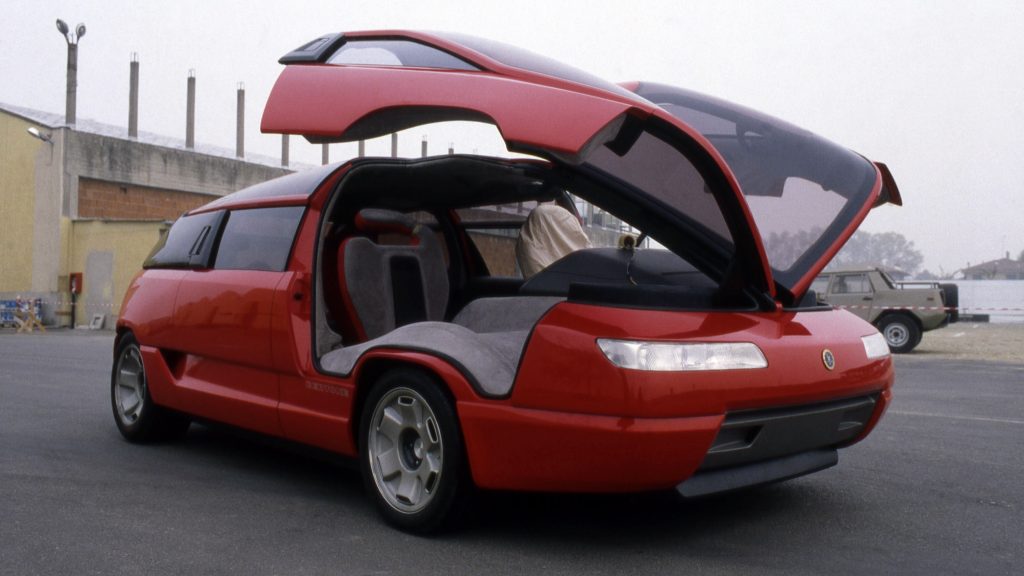
Concepts of an alternative timeline
Once again like in human relationships, one cannot help but wonder what would have occurred if things happened differently. Here, a starting point is a Lee Iacocca’s idea which, fortunately, was stopped early.
In short, he wanted to convert Lamborghini into a fancy trim version to spruce up the Chrysler cars of that time. Much to the unease of everyone else, he asked Tom Gale an initial project to materialize that idea.
Together with Bob Lutz, he engaged in malicious compliance. As Road & Track once published, they chose the Chrysler Imperial for that task and fulfilled it in a way that even Iacocca saw “the folly of his request.”
Since there are no photos of that project available, graphic designer Abimelec Arellano decided to give it a try. In 2020, he published some digital renders which perfectly match Lutz’s description on the article.

As you could read, the partnership between Chrysler and Lamborghini was more eventful and productive than its short duration leads us to guess. During those six years, both parties had some benefits to draw.
Now that Lamborghini went to Volkswagen, and Chrysler is part of Stellantis, it is pretty much impossible for them to ever collaborate again. What other cars do you think they could have developed together?
You may also like
Jaguar and Land Rover have also partnered, but in a very different context. Nowadays, the British automakers are taking their venture to the next level by working on their brands.
Danillo Almeida has explored his passion for cars in two distinct ways. The first one is his graduation course in Mechanical Engineering, which will hopefully lead to a job position in the field. The other one is expressing his knowledge and opinions on the matter through writing. Almeida has already contributed to blogs, stores, and websites in general writing automotive content in many formats.

